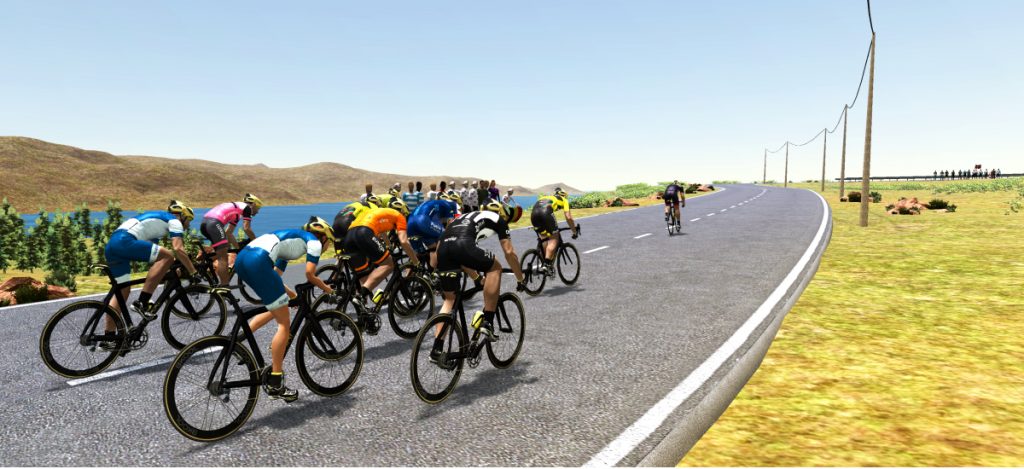Following a training plan is ideal if you want to improve your cycling performance. However, there is one thing you need to understand in order to get the most out of a plan: having a plan is fine, but sometimes you need to know how to change it.
All training plans need adjustments
Any training plan needs adjustments for one simple reason: life is constantly changing its plans for you, and you have no choice but to adapt.
Adaptation means change, and that change comes to your training plan as well. Sometimes, life gives us no choice. We have to park or -adjust- our training because unforeseen events come up along the way: whether it’s a job change, a family obligation or simply our body calling for help after not having recovered well from a hard session or after a bad night’s sleep.
Many cyclists find this hard to understand, but if we want to achieve optimal results, the training plan must be flexible to change.
Cycling training not only needs to adapt to the ups and downs of our day-to-day lives, it also needs to be continually adjusted to optimize performance improvement as much as possible.
What does this mean? When we structure a training plan we do so in order to produce a certain physiological stress to our body. That stress has the ability to challenge the current conditions of our body and when the body detects it, it produces adaptations and improves to become stronger.
So far everything seems simple, but the nuances begin. On the one hand, a certain amount and type of stress is needed for this process to be sustained over time. On the other hand, physical condition is not static, it undergoes variations.
That is why this stress (training load) must be adjusted again and again according to our physical condition.
When is it necessary to re-adjust the training plan?
Any training plan is based on a key principle: progression. We subject the body to a certain amount of stress, it adapts and improves, and then it needs a greater amount of stress to produce new adaptations and improvements.
It’s simple: the more we train, the more our fitness improves and the more stress our body requires to climb another step.
However, as we mentioned earlier, plans don’t always go the way we want them to. You can have a bad feeling one day and that means you can’t finish the scheduled workout. Or you simply can’t complete the session because of other obligations that prevent you from doing so.
This implies a brake on progress. You have not completed one of the steps and that is why you should not automatically move on to the next one: you may find that things are more difficult than you thought and that would further impair your progress.This is a more common problem than you think, it exists in all athletes, at all levels and should not worry you. You just need a few small adjustments to stay on track.
Adjust according to your strengths and weaknesses
Every cyclist is a world unto himself, he has his own weaknesses and strengths. Even between two riders with a similar functional power threshold we can see differences. Maybe one of them rides very well in long sustained efforts, but has problems in his VO2Max zone, while the other one is just the opposite, a great rider in short efforts, but unable to maintain a good pace in prolonged periods.
This is why you should adjust your plan to take these aspects into account when necessary. For example, if you have signed up for a Gran Fondo, you will need to work very well on long, sustained efforts, but if you see that they are your weakness, start with small loads and make small increments.

Adjust for a bad training session
Too much family or work stress, a bad night’s sleep, or poor nutrition. There are many factors that can affect our training and cause us to feel bad in a given session.
However, having a bad training day shouldn’t affect your overall fitness. As long as you do things right. That means assessing the situation and deciding where to pick things up.
A priori, if it’s not too demanding a workout, you shouldn’t worry. Go ahead with your plan without fear.
However, if it is a key and demanding workout, pick up where you left off, since applying a certain stress that you are not yet ready for may jeopardize your recovery and progression.
Adjustment after a training break
At BKOOL we have already explained how you should readjust your training plan after a longer break. If you have had an unforeseen event that has kept you away from training for several days, you will need to make changes.
It all depends on the amount of time you have been absent: two or three days, a whole week, more than a week.
BKOOL will keep working to make the simulation more and more real, try it FREE for 30 days!
 Go to BKOOL
Go to BKOOL





